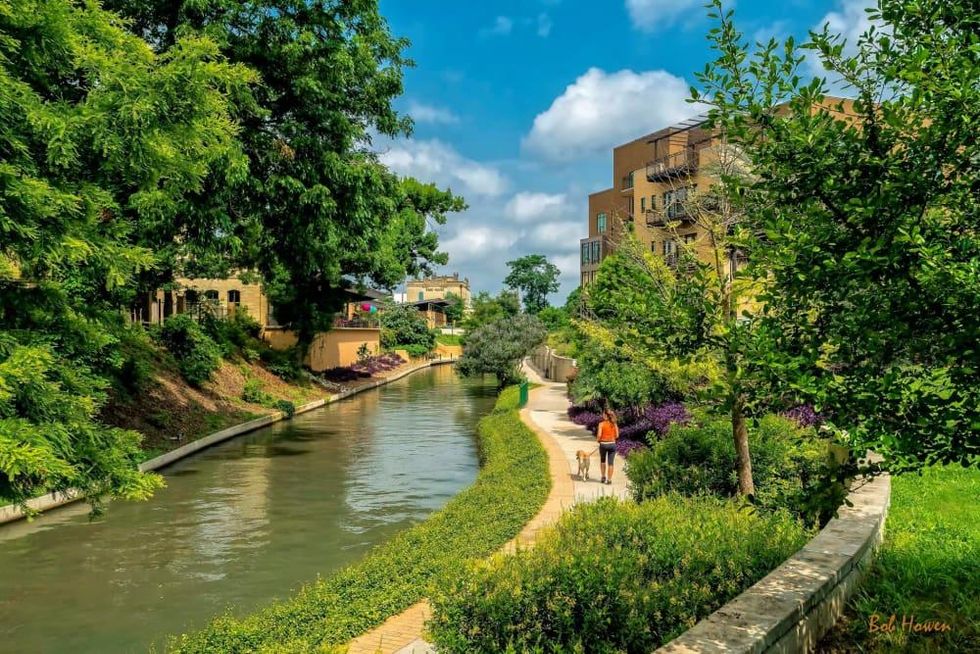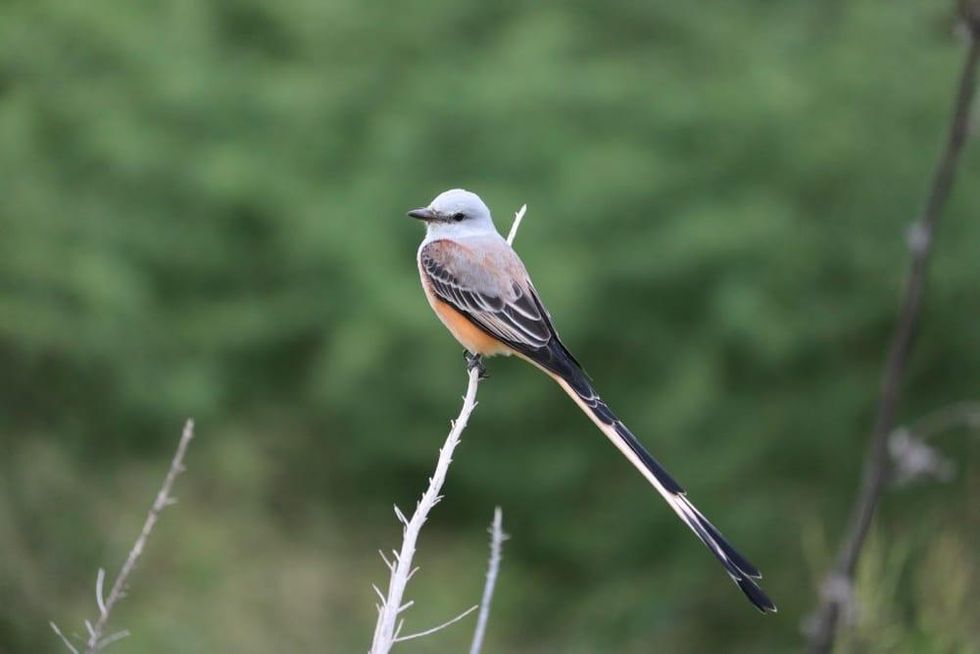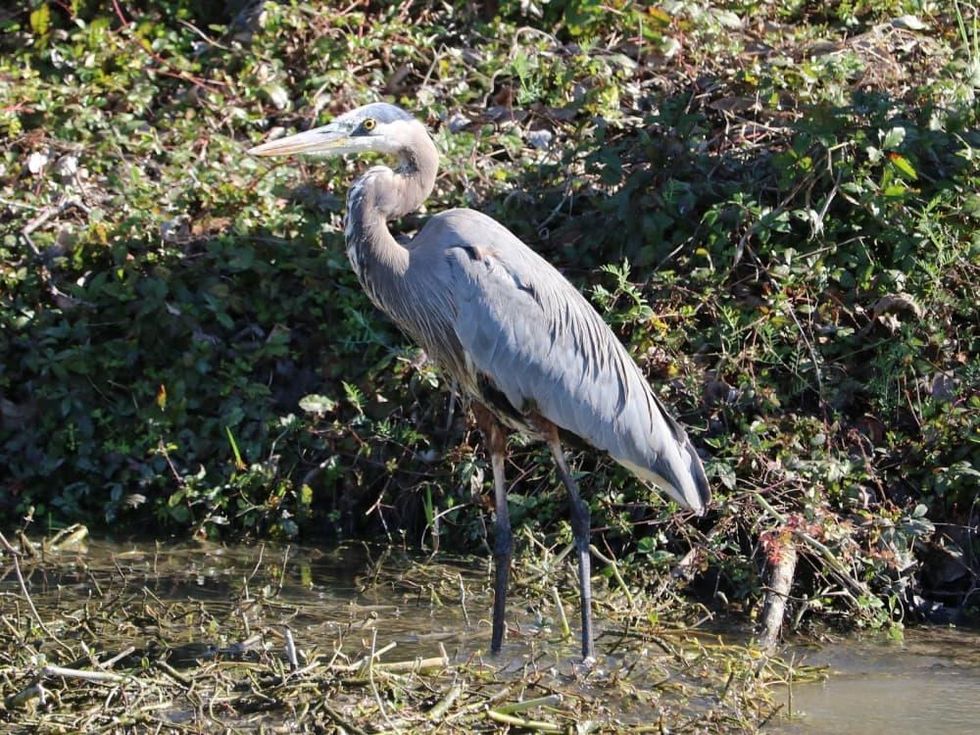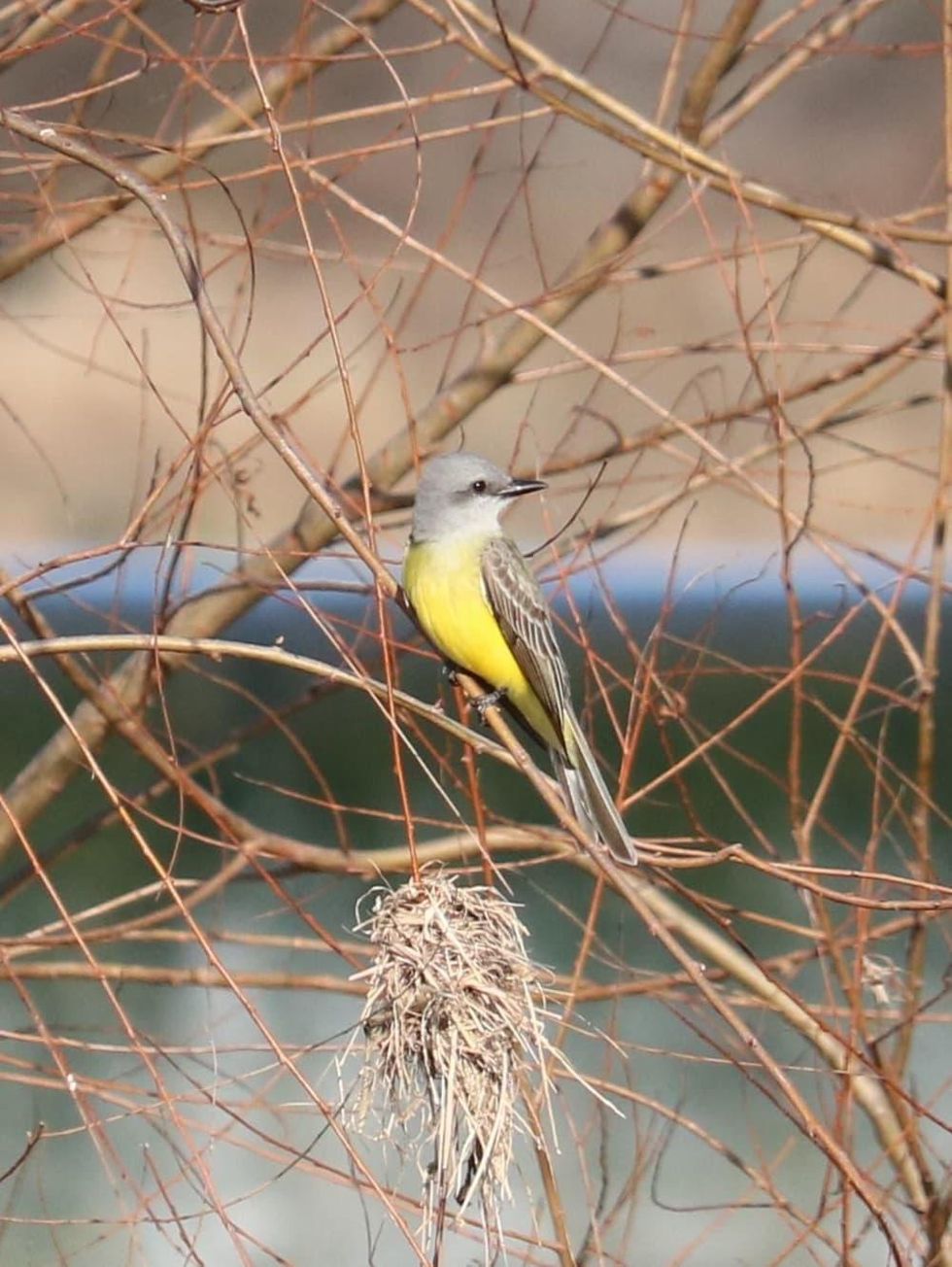Bird-eye View
The surprising reason San Antonio's River Walk is going to the birds
These days, visitors to San Antonio might see more binoculars than margaritas down by the River Walk. That's because a recent resurgence in the native birding population along the river's Museum Reach section is impressing serious bird-watchers and casual observers alike.
Thanks to the multimillion-dollar San Antonio River Improvements Project that finished up in 2013, the birding population along the 8-mile stretch has flourished. Walking along this wilder, less-tamed section of the river, birders might be surprised by what they see flying past.
“Is that a bald eagle?” someone might say, pointing binoculars skyward. Maybe a Great Blue Heron struts past. They may even see a Lazuli Bunting, a migratory bird rarely seen in the eastern two-thirds of Texas, but has made an appearance here of late. This is all because the improvements project has transformed a neglected part of the San Antonio River into a refurbished natural habitat.
From drainage ditch to urban oasis
The project transformed what Visit San Antonio says was essentially a “drainage ditch” — a muddy trickle flowing south of the original River Walk into a mightier stream, and flanked on either side by waving grasses and native vegetation. While the new walking and biking paths now connects the Alamo with other historic missions, thus creating the Mission Reach, it has also served the avian community.
In fact, it's allowed it to flourish, according to results of the Avian Mission Reach Study, which has tracked the area's birding population since 2015 when the San Antonio River Authority launched the program. Under the leadership of respected naturalist Martin Reid, the study documented 197 species and 63,000 birds used the restored habitats — including those that are rare and endangered.
Researchers have spied the Interior Least Tern, a federally listed endangered subspecies of Least Tern; the Black-capped Vireo, a state-listed endangered species; and Cassin’s kingbird, a Western species that was only recorded once in Bexar County prior to the study.
Part of the Central Flyway, the San Antonio River is now home not only to resident species but to many migrant species recorded within the Mission Reach study area.
Play ornithologist
Beyond counting birds and recording data, the Avian Mission Reach Study has two goals: to enrich and sustain life in the San Antonio River watershed and to get residents involved with their efforts. The hope is that residents and visitors alike will help track the flora and fauna along the Mission Reach, and become invested in this now-thriving ecosystem.
Use this handy bird checklist to track bird species spotted and then become a “citizen scientist” by downloading the iNaturalist app. Pictures and notes logged into the app by users is actually considered research-quality scientific data. The San Antonio River Authority will then use these observations in its continued efforts to preserve to keep this area — we have to say it — for the birds.
Other area San Antonio-area birdwatching hot spots include Friedrich Wilderness Park, Government Canyon State Natural Area, Medina River Natural Area, and the San Antonio Botanical Garden.
Where to roost
After a day nature walking in the "wilds" of downtown, rest up at area watering holes along the River Walk and at Pearl, just like the migratory birds who pause there on their journeys south. With your birding journey complete, it's time to put down those binoculars and get that margarita after all.




